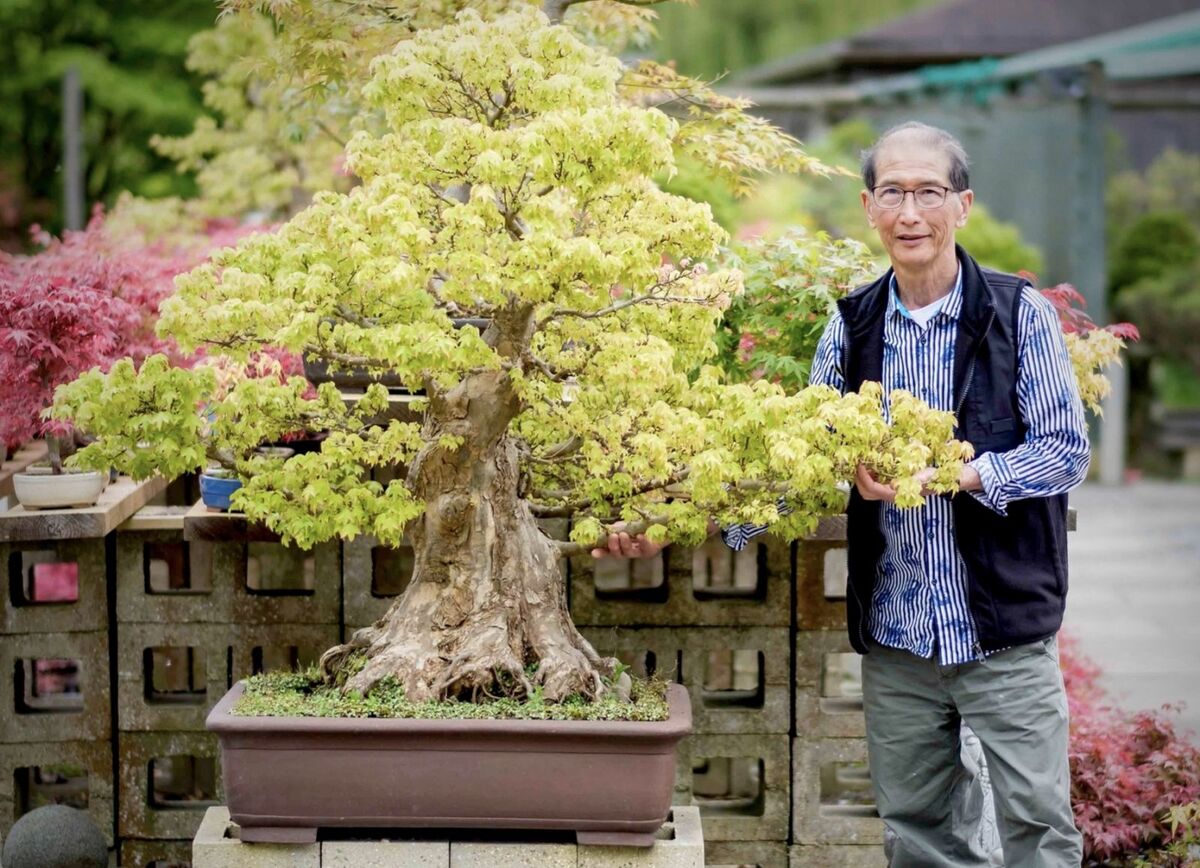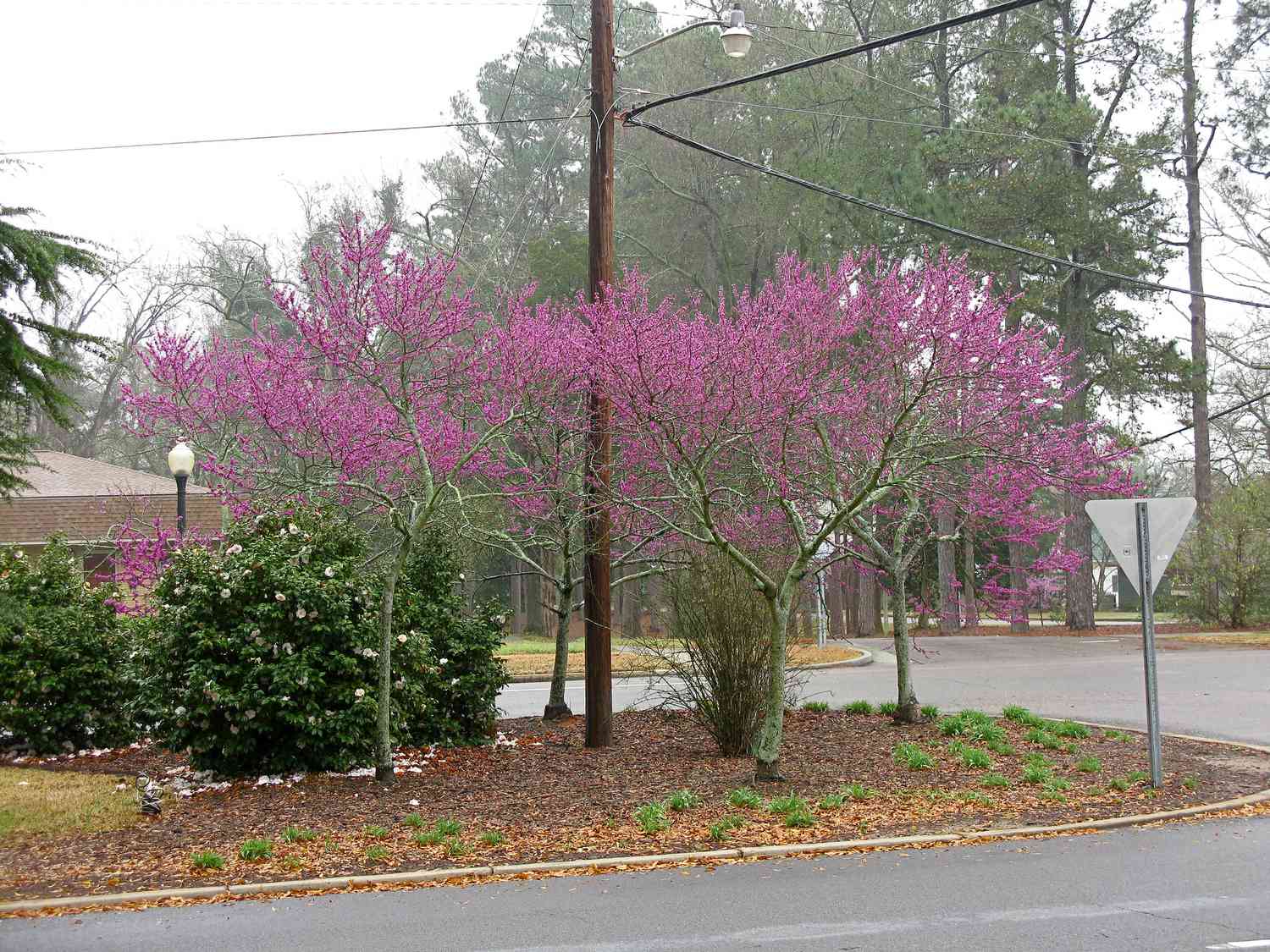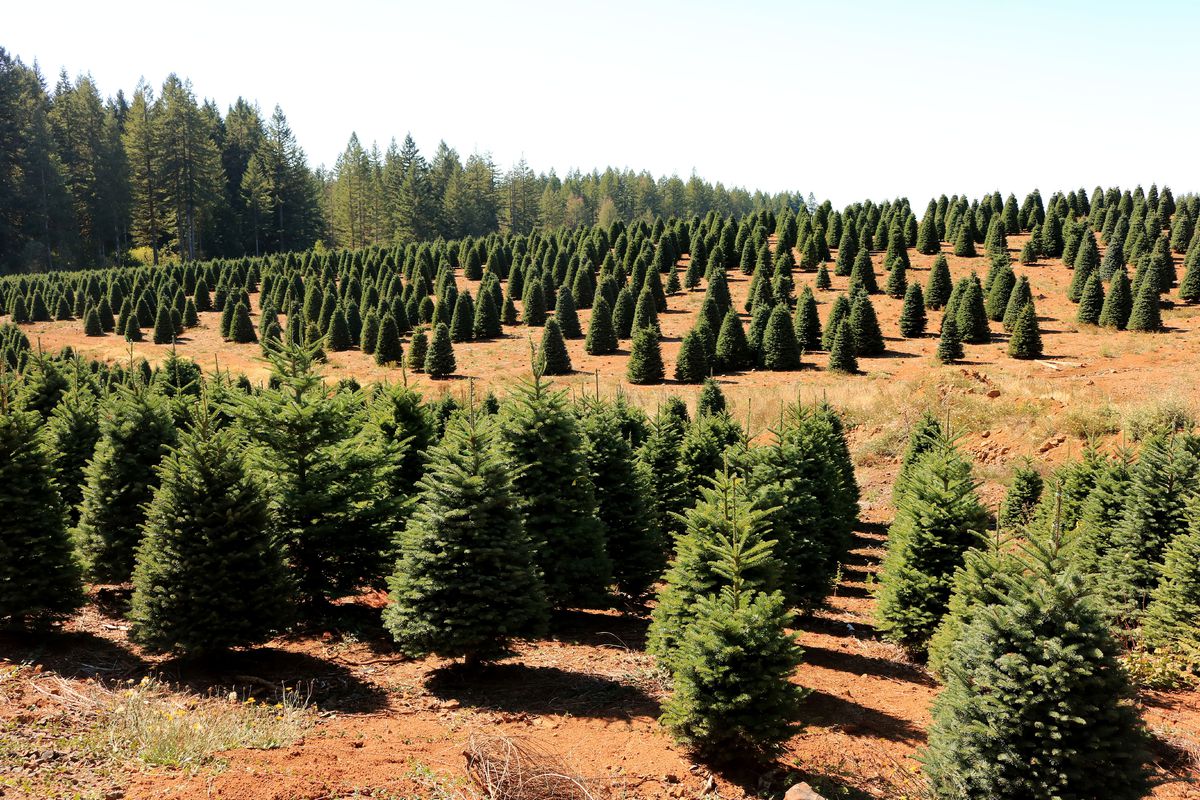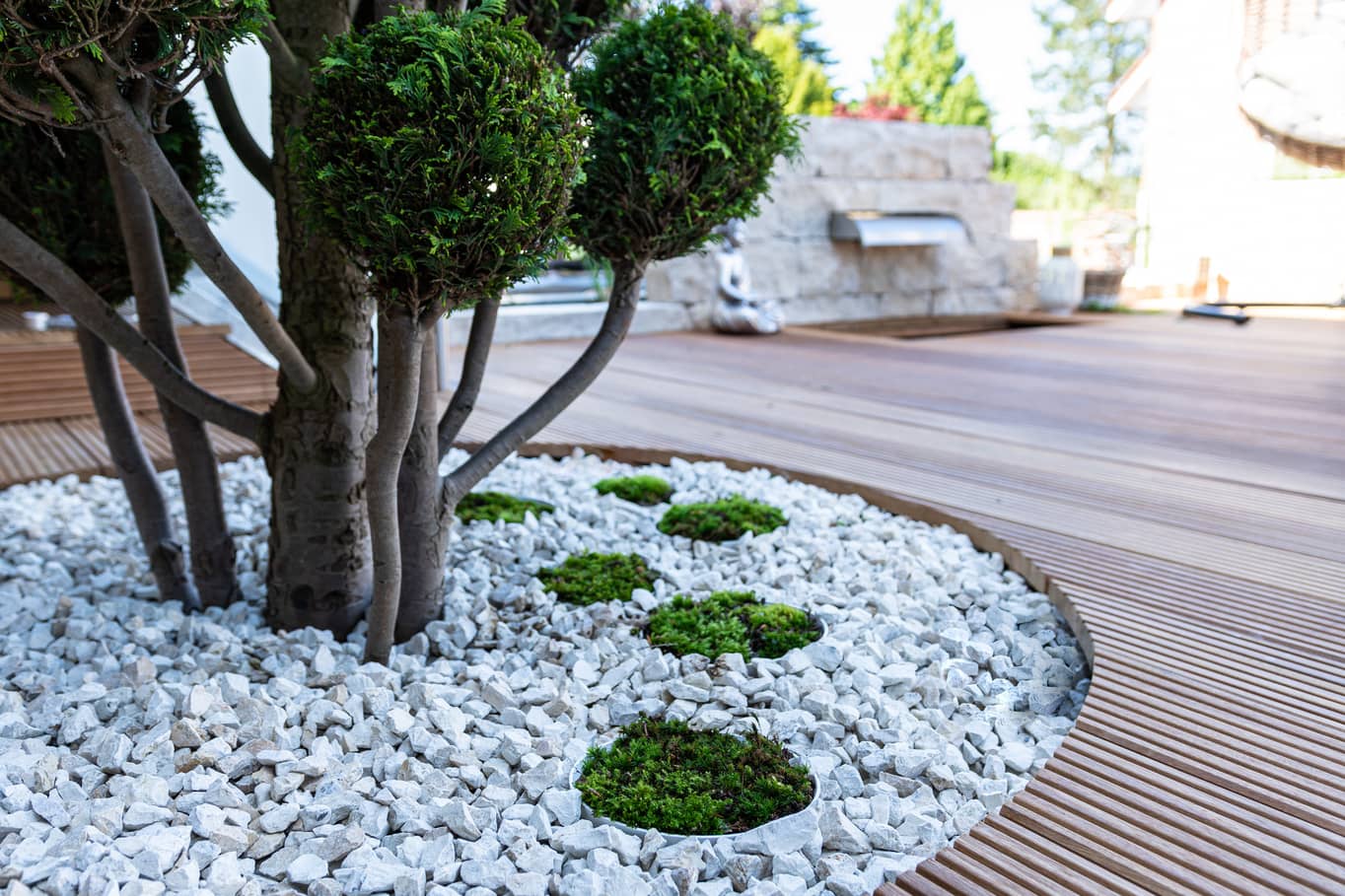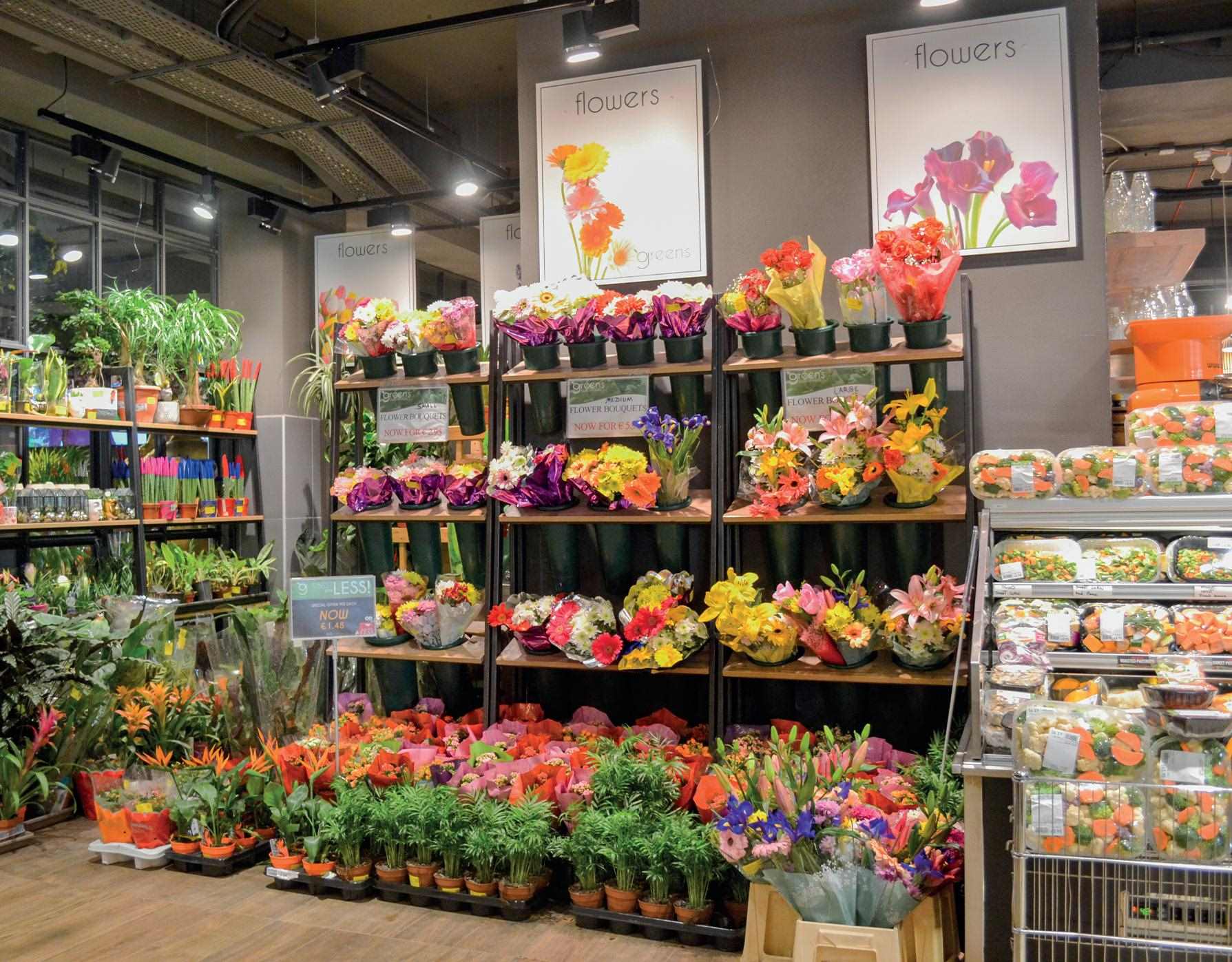Home>Garden Design>Planning Your Garden>How Much Do Landscaping Rocks Cost
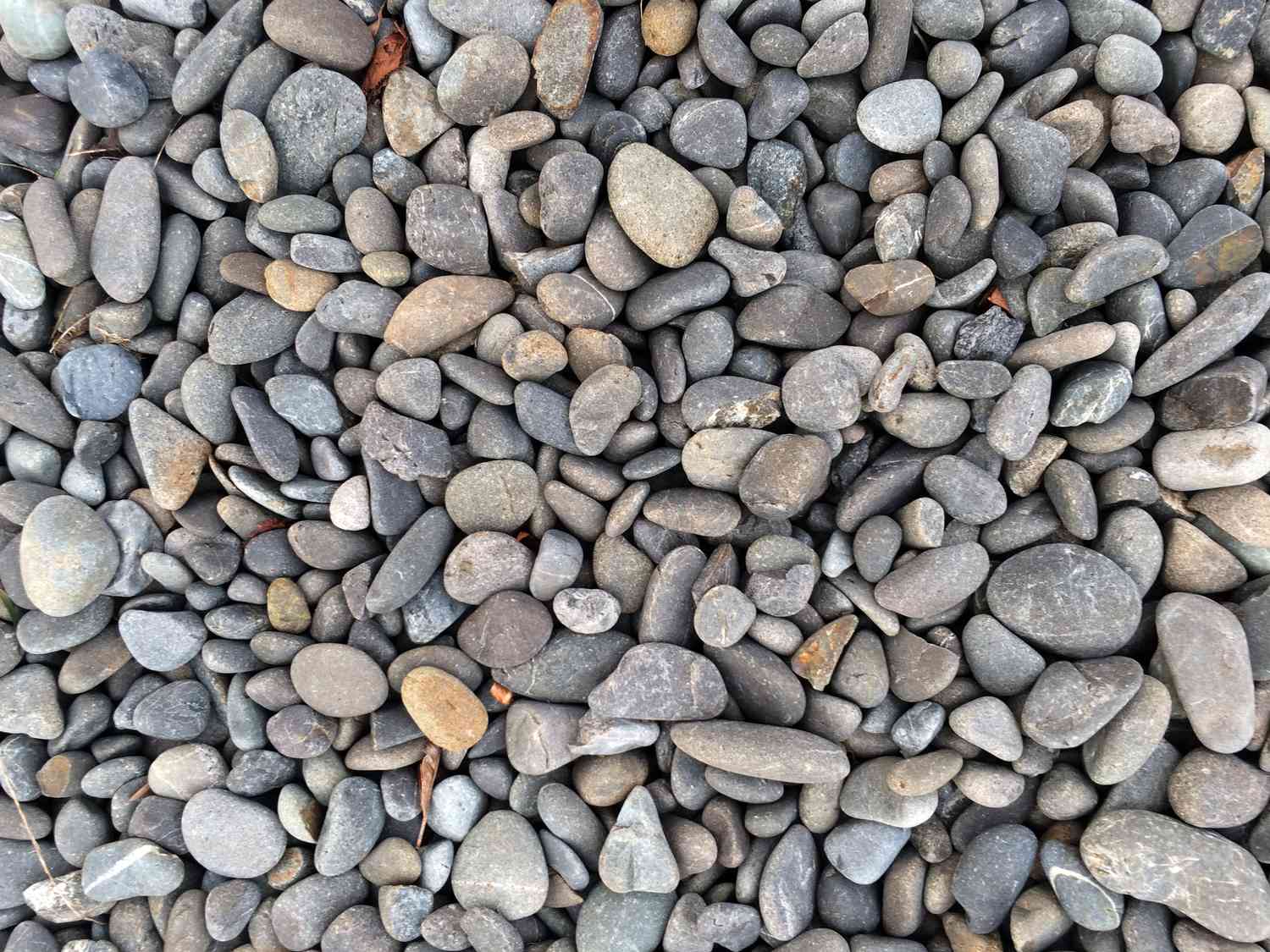

Planning Your Garden
How Much Do Landscaping Rocks Cost
Modified: January 22, 2024
Discover the cost of landscaping rocks for your garden. Plan your garden wisely with our guide on how much landscaping rocks typically cost.
(Many of the links in this article redirect to a specific reviewed product. Your purchase of these products through affiliate links helps to generate commission for Chicagolandgardening.com, at no extra cost. Learn more)
Table of Contents
Introduction
Welcome to the world of landscaping rocks, where nature’s beauty meets functionality! If you’re planning to spruce up your garden or outdoor space, incorporating landscaping rocks can be a game-changer. Not only do these rocks add texture and visual interest, but they also provide practical benefits such as erosion control, weed prevention, and drainage improvement.
Before embarking on your landscaping rock project, it’s important to understand the cost implications involved. This article will guide you through the various factors that influence the pricing of landscaping rocks, different types of rocks available, installation costs, and additional expenses to consider.
Landscaping rock prices can vary significantly depending on a multitude of factors. These include the type of rock, the amount needed, geographical location, and the complexity of the installation. By gaining insight into these factors, you can make informed decisions and effectively plan your budget.
Additionally, understanding the cost variations across different regions is essential. The availability and sourcing of landscaping rocks differ from place to place, resulting in regional price disparities. Taking this into account will help you source rocks locally and potentially save on transportation costs.
Moreover, it’s crucial to consider the expenses associated with the installation process. While landscaping rocks can be a DIY project for some, others may opt to hire professionals for efficient and flawless execution. These installation costs depend on the complexity of the design, the size of the area being covered, and the labor rates in your region.
Lastly, there are additional expenses that may arise when planning your garden with landscaping rocks. These can include the cost of edging materials, weed barrier fabric, geotextile, and any required equipment rentals. By factoring in these expenses, you can ensure a smooth and successful landscaping project from start to finish.
Now that we’ve covered the basics, let’s delve deeper into each of these factors to gain a better understanding of how much landscaping rocks cost and how to plan your budget accordingly.
Factors Affecting Landscaping Rock Prices
Several factors come into play when determining the cost of landscaping rocks. Understanding these factors will help you anticipate expenses and make informed decisions. Let’s explore the key factors influencing landscaping rock prices:
- Type of Rock: The type of rock you choose has a significant impact on the cost. There is a wide range of options available, including river rock, pea gravel, crushed stone, lava rock, and flagstone. Each type varies in terms of aesthetics, durability, and availability, which can affect the price point.
- Quantity Needed: The amount of landscaping rocks required for your project will directly influence the cost. Larger areas or projects that require a thick layer of rocks will naturally require a higher quantity.
- Size and Weight: The size and weight of the rocks can also impact the price. Bigger and heavier rocks typically cost more due to increased transportation and handling expenses.
- Quality and Color: The quality and color of the rocks can contribute to the price variation. Premium quality rocks that are uniform in color and texture may have a higher price tag compared to rocks with natural variations and irregularities.
- Geographical Location: The location where you reside can influence the cost of landscaping rocks. Shipping and transportation costs can vary depending on how far the rocks need to travel to reach your area. Additionally, local demand and availability can also impact prices.
- Supplier and Market Competition: The supplier you choose and the level of market competition in your area can affect pricing. It is worth comparing prices from different suppliers and considering any seasonal discounts or promotions that may be available.
- Design Complexity: The complexity of your landscaping design can also impact the overall cost. Intricate designs that require precise placements or special arrangements may necessitate additional labor and materials, thus increasing the expenses.
By taking these factors into account, you can get a better idea of how much landscaping rocks will cost for your specific project. Remember to consider your preferences, budget, and the overall vision you have for your outdoor space while making these decisions. Now, let’s move on to exploring the different types of landscaping rocks and their associated costs.
Types of Landscaping Rocks and Their Costs
When it comes to landscaping rocks, there is a wide array of options to choose from, each with its own unique characteristics and price points. Let’s explore some of the most popular types of landscaping rocks and their associated costs:
- River Rock: River rock is a versatile and widely used option that is favored for its smooth and rounded appearance. It comes in various sizes and colors, ranging from small pebbles to larger stones. The cost of river rock generally ranges from $50 to $200 per ton, depending on the size and quality.
- Pea Gravel: Pea gravel is a small, rounded rock that is commonly used for pathways, driveways, and as ground cover. It is available in different colors, such as beige, gray, and brown. The cost of pea gravel varies from $30 to $60 per ton.
- Crushed Stone: Crushed stone is a popular choice for driveways and to create a base layer for hardscape projects. It is available in various sizes, with the cost ranging from $15 to $75 per ton.
- Lava Rock: Lava rock is known for its unique appearance, with its porous texture and reddish-brown or black color. This lightweight rock is often used in garden beds and around fire pits. The cost of lava rock can range from $100 to $300 per ton.
- Flagstone: Flagstone is a natural stone that is popular for creating patios, walkways, and stepping stones. Its flat and irregular shapes add a rustic charm to outdoor spaces. The cost of flagstone ranges from $200 to $400 per ton, depending on the thickness and quality.
It’s important to note that these price ranges are approximate, and costs can vary depending on your location, supplier, and the specific characteristics of the rocks. Additionally, there may be additional charges for delivery if you choose to have the rocks transported to your site.
Consider your specific landscaping needs and preferences when selecting a type of rock. Balance factors such as cost, aesthetics, and practicality to ensure that you choose the best option for your project. Next, we will explore how local availability and regional price differences can impact the cost of landscaping rocks.
Local Availability and Regional Price Differences
When planning your landscaping project, it’s important to consider the local availability of landscaping rocks and how it can affect the overall cost. The availability and sourcing of rocks can vary from region to region, resulting in price differences. Let’s delve into this aspect in more detail:
The proximity of your location to natural rock sources plays a significant role in the availability and cost of landscaping rocks. Areas situated closer to quarries or rock deposits often have a wider selection of rocks, making them more readily available and typically less expensive. On the other hand, areas further away from these sources may experience higher transportation costs, as rocks need to be shipped from distant locations, potentially driving up the price.
Climate and geography also influence the availability of certain types of rocks. For example, regions with more volcanic activity might have lava rocks readily accessible and at a lower cost. Similarly, areas closer to rivers and water bodies may have an abundance of river rocks, making them more affordable compared to regions further inland.
Local competition among suppliers is another factor that can contribute to price variations. Areas with several suppliers in close proximity may have more competitive pricing, as businesses vie for customers. In contrast, regions with limited supplier options or monopolistic market conditions may experience higher prices due to less competition.
It’s worth noting that while sourcing rocks from nearby locations can help reduce transportation costs, it is important to consider the quality and suitability of the rocks for your specific project. Some regions may have limitations in terms of certain rock types, colors, or sizes. In such cases, additional costs might be incurred to import rocks from distant sources to meet your requirements.
Before making any purchasing decisions, it’s advisable to research and gather information from local suppliers to understand the availability and pricing of landscaping rocks in your area. Getting multiple quotes and comparing prices will enable you to make an informed decision while keeping your budget in check.
Now that we’ve explored how local availability and regional price differences can impact landscaping rock costs, let’s move on to the next crucial aspect to consider—the cost of installation and labor.
Cost of Installation and Labor
When planning your landscaping rock project, it’s essential to factor in the cost of installation and labor. While some homeowners may choose to install rocks themselves as a DIY project, others may opt to hire professionals for a smoother and more efficient process. Let’s explore the cost considerations related to installation and labor:
The cost of installation and labor will vary depending on the complexity of the project and the size of the area being covered. A straightforward installation of landscaping rocks on a small patio or garden bed may incur lower labor costs compared to a larger-scale project that involves strategic placement, custom designs, and intricate patterns.
It’s common for landscapers or contractors to charge an hourly rate or a flat fee for their services. The specific labor rates will depend on the geographic location and the level of expertise of the professionals you hire. It’s advisable to obtain multiple quotes from different contractors and compare the prices to ensure you are getting a fair deal.
In addition to the labor costs, there may be other expenses associated with installation. For example, the use of heavy machinery or equipment rental, such as bobcats or excavators, may incur additional charges. These costs should be factored into your overall budget.
It’s important to communicate your expectations and project requirements to the professionals you hire. Clear and detailed instructions can help avoid any misunderstandings and potential additional costs that may arise from changes or modifications during the installation process.
Consider the benefits of hiring professionals for your landscaping rock installation, such as their expertise, experience, and access to specialized equipment. A well-executed installation ensures that the rocks are properly placed and secured, maximizing their longevity and visual impact.
However, if you have the necessary skills and equipment, a DIY approach can help save on labor costs. Keep in mind that it’s crucial to fully understand the installation process and have the physical capabilities to handle the rocks, especially if they are heavy or require precision placement. Safety should always be a top priority when undertaking any landscaping project.
By considering the cost of installation and labor, you can make an informed decision on whether to hire professionals or tackle the project yourself. Now, let’s explore some additional expenses that you should take into account when planning your landscaping rock project.
Additional Expenses to Consider
When planning your landscaping rock project, it’s important to consider the additional expenses that may arise. These expenses go beyond the cost of the rocks themselves and can impact your overall budget. Let’s explore some common additional expenses:
Edging Materials: Edging materials such as plastic or metal strips may be necessary to create defined borders around your landscaping rocks. These materials help prevent the rocks from spilling onto surrounding areas and provide a clean and finished look to your design. The cost of edging materials will depend on the type and quantity needed.
Weed Barrier Fabric: To minimize weed growth, it’s advisable to install weed barrier fabric beneath your landscaping rocks. This fabric prevents weed seeds from germinating and can save you time and effort in the long run. The cost of weed barrier fabric will vary based on the area to be covered and the quality of the material.
Geotextile Fabric: In some cases, especially for larger landscaping rock projects, geotextile fabric may be necessary. This fabric helps with drainage and stabilizes the soil beneath the rocks, preventing shifting and erosion. The cost of geotextile fabric will depend on the size and thickness required.
Equipment Rentals: Depending on the size and complexity of your project, you may need to rent equipment such as wheelbarrows, shovels, rakes, or compactors. Renting rather than purchasing these tools can help keep costs down, but it’s important to factor in the rental fees when planning your budget.
Delivery Costs: If you’re sourcing rocks from a supplier that is not local to your area, there may be delivery costs involved. The cost of transportation will depend on the distance traveled, the weight of the rocks, and any additional services, such as unloading the rocks at your site.
Maintenance and Repairs: While rocks are generally low-maintenance, it’s important to consider any future maintenance or repair costs. As time goes on, rocks may require occasional cleaning, leveling, or replacement, especially in high-traffic areas. Budgeting for these potential expenses can help you maintain the longevity and beauty of your landscaping rocks.
By considering these additional expenses, you can ensure that your budget accurately reflects the total cost of your landscaping rock project. It’s important to plan for these costs ahead of time to avoid any financial surprises during or after the installation. Now, let’s move on to comparing the prices of different types of landscaping rocks to help you make an informed decision.
Comparison of Landscaping Rock Prices
When it comes to landscaping rock prices, comparing the costs of different types of rocks can help you make an informed decision that aligns with your budget. Let’s compare the prices of some commonly used landscaping rocks:
River Rock: River rock is a popular choice for its aesthetic appeal and versatility. Depending on the size and quality, river rock can range from $50 to $200 per ton.
Pea Gravel: Pea gravel is a cost-effective option for various landscaping applications. The price of pea gravel typically ranges from $30 to $60 per ton.
Crushed Stone: Crushed stone is commonly used as a base material for hardscaping projects. The cost of crushed stone can vary from $15 to $75 per ton.
Lava Rock: Lava rock adds visual interest to outdoor spaces with its unique texture and color. The price of lava rock can range from $100 to $300 per ton.
Flagstone: Flagstone is a natural stone favored for patios and walkways. Depending on the thickness and quality, the cost of flagstone can range from $200 to $400 per ton.
Keep in mind that these prices are approximate and can vary based on factors such as location, supplier, and specific rock characteristics. Additional expenses such as delivery costs, edging materials, and labor charges should also be taken into consideration.
When comparing prices, it’s important to weigh the cost against other factors such as durability, aesthetics, and the suitability of the rock for your specific project. Consider the long-term benefits and the overall impact that the chosen rock will have on your landscape design.
Additionally, it’s advisable to get quotes from multiple suppliers and contractors, as this will allow you to compare prices and services. Take the time to research local suppliers and read reviews to ensure quality and reliable products.
In your decision-making process, don’t solely focus on the cost. Strike a balance between affordability and the quality you desire. It may be worthwhile to invest a bit more upfront for higher-quality rocks that will withstand the test of time and enhance the beauty of your outdoor space.
By comparing the prices of different types of landscaping rocks and considering all relevant factors, you can make an informed decision that aligns with your budget and achieves your desired aesthetic outcome.
With this comprehensive understanding of landscaping rock prices, factors to consider, and types of rocks available, you are well-equipped to plan your garden with confidence and create a stunning outdoor oasis. So roll up your sleeves, get creative, and let the beauty of landscaping rocks transform your space!
Conclusion
Planning your garden with landscaping rocks can bring a remarkable transformation to your outdoor space. By understanding the factors that influence landscaping rock prices, the types of rocks available, and considering additional expenses, you can effectively plan your budget and create a beautiful landscape design that suits your needs and preferences.
Factors such as the type of rock, the quantity needed, and the geographical location can significantly impact the cost. It’s important to research and compare prices from different suppliers to ensure you are getting a fair deal. Additionally, considering the cost of installation and labor, along with any additional expenses like edging materials or equipment rentals, will help you plan your budget more accurately.
Remember to strike a balance between affordability and quality when selecting the type of rock for your project. Consider the durability, aesthetics, and long-term benefits to make an informed decision that aligns with your vision.
By taking local availability and regional price differences into account, you can source rocks locally and potentially save on transportation costs. Utilizing the expertise of professionals for installation or opting for a DIY approach should also be weighed based on the scope and complexity of your project.
Lastly, consider the additional expenses such as edging materials, weed barrier fabric, geotextile, and any required equipment rentals. These costs should be factored into your budget to ensure a successful and hassle-free landscaping rock project.
Now that you have a comprehensive understanding of landscaping rock prices, factors to consider, and types of rocks available, you can confidently plan your garden and create an outdoor oasis that reflects your personal style and enhances the beauty of your surroundings.
So, go ahead and unleash your creativity! Incorporate landscaping rocks into your garden design and experience the aesthetic and functional benefits they can bring. Transform your outdoor space into a captivating and inviting sanctuary with the timeless charm of landscaping rocks.


